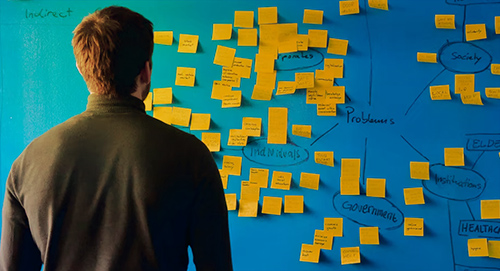
 0 saved
0 saved
 14.2K views
14.2K views








Are you trying to negotiate a deal, influence a stakeholder, or even make a sale?
Sure it's complicated and no single mental model will save you. But, together, this growing list of models will help you expand your toolkit and help you to make a better deal.
Be sure to check back regularly as there are more models we're keen to add to this Playbook.
[Please note - while a lot of our content is free, about 25% of models on ModelThinkers are currently premium content for members only. It just so happens that many of the models in this Playbook happen to be on that premium list. Find out more about accessing all our member options by joining ModelThinkers here.]
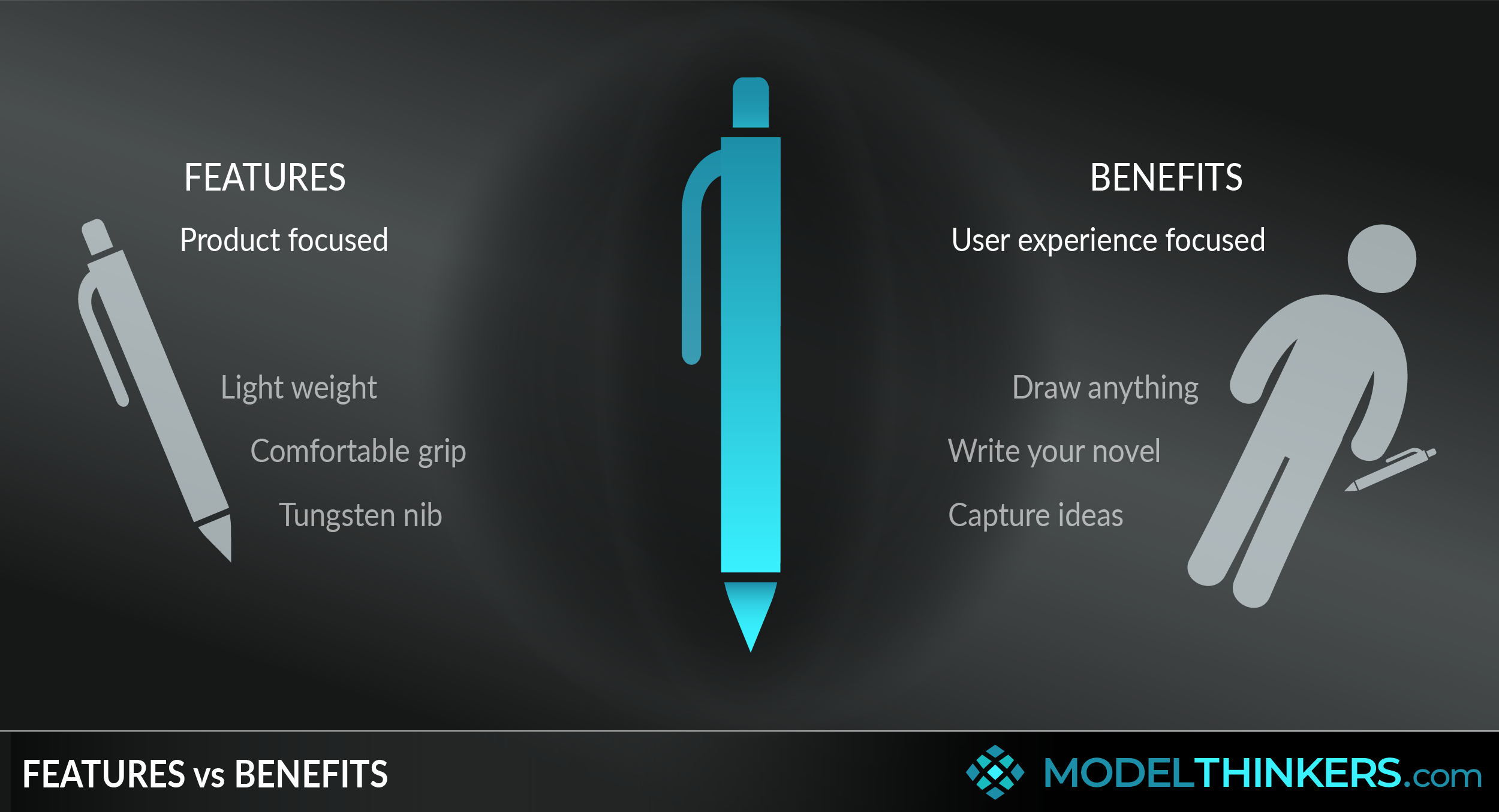

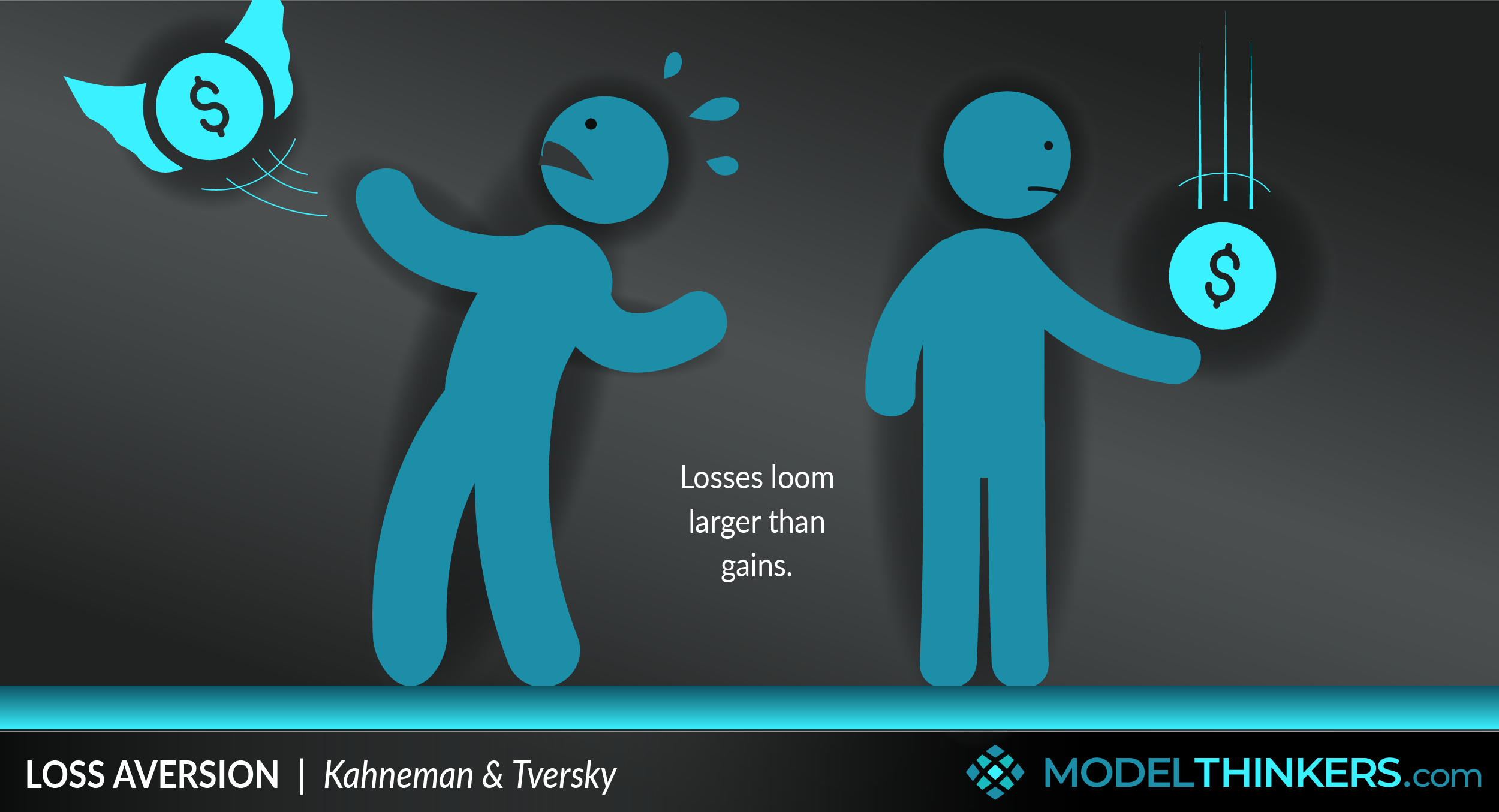

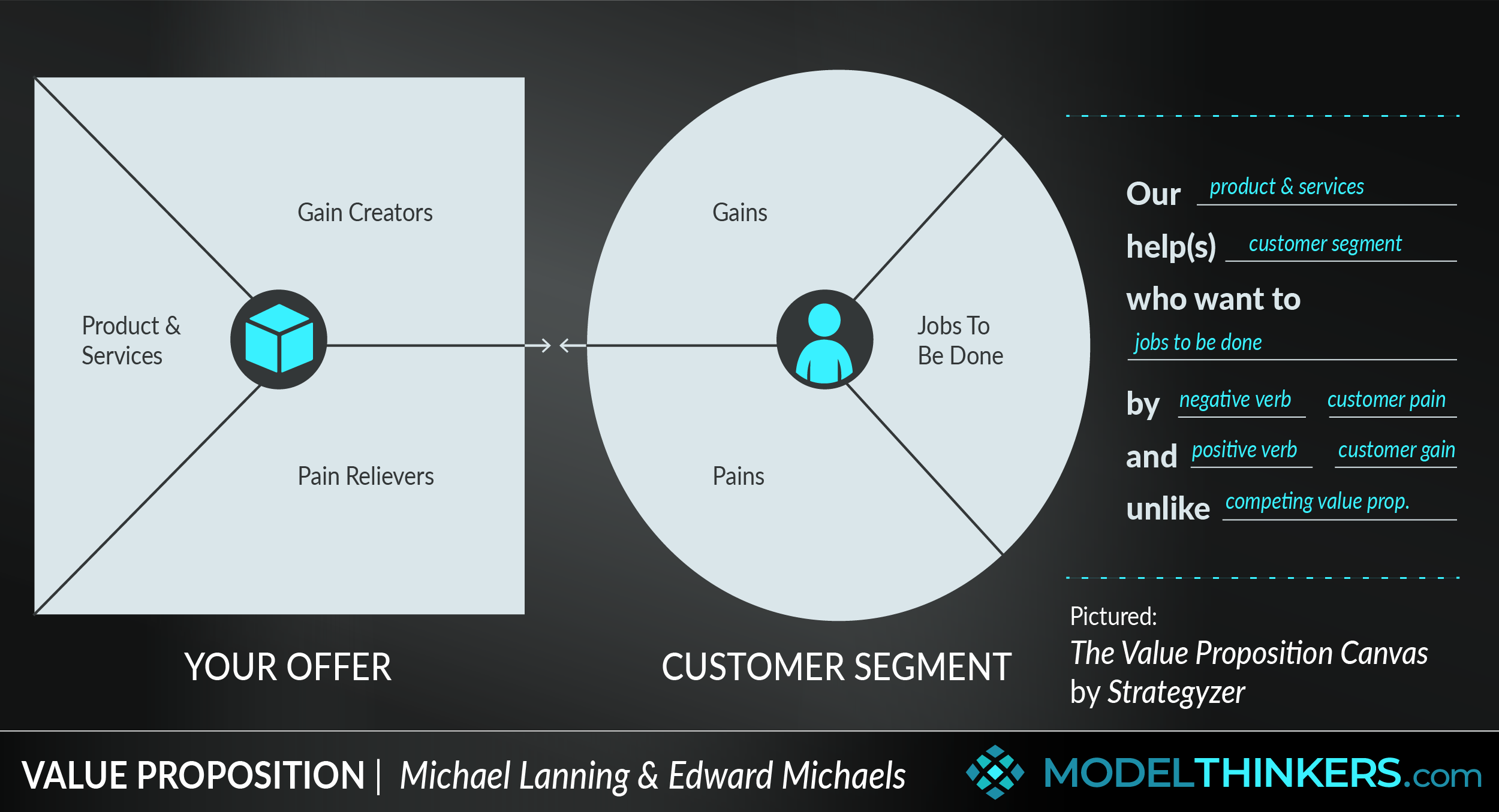
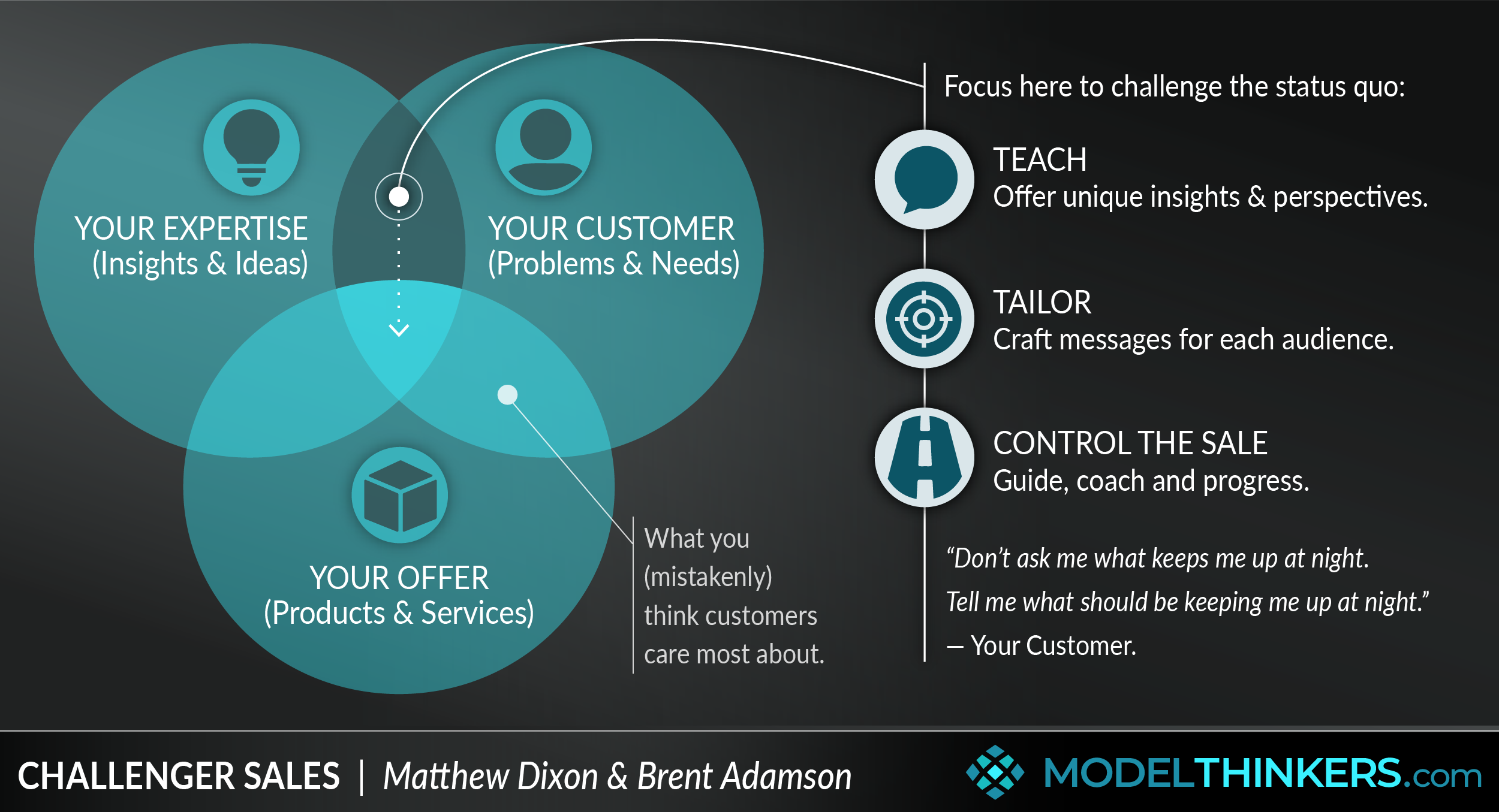




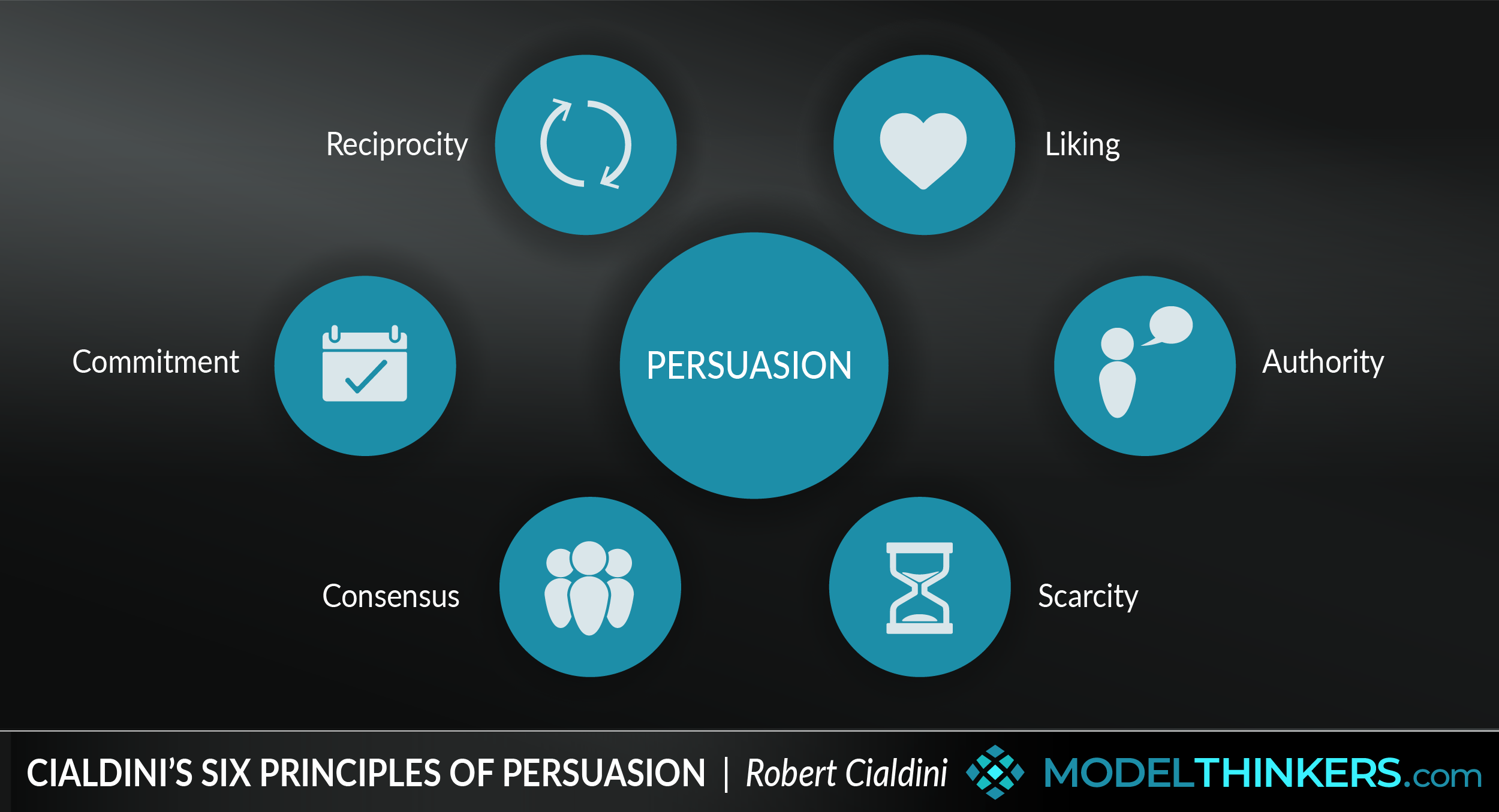

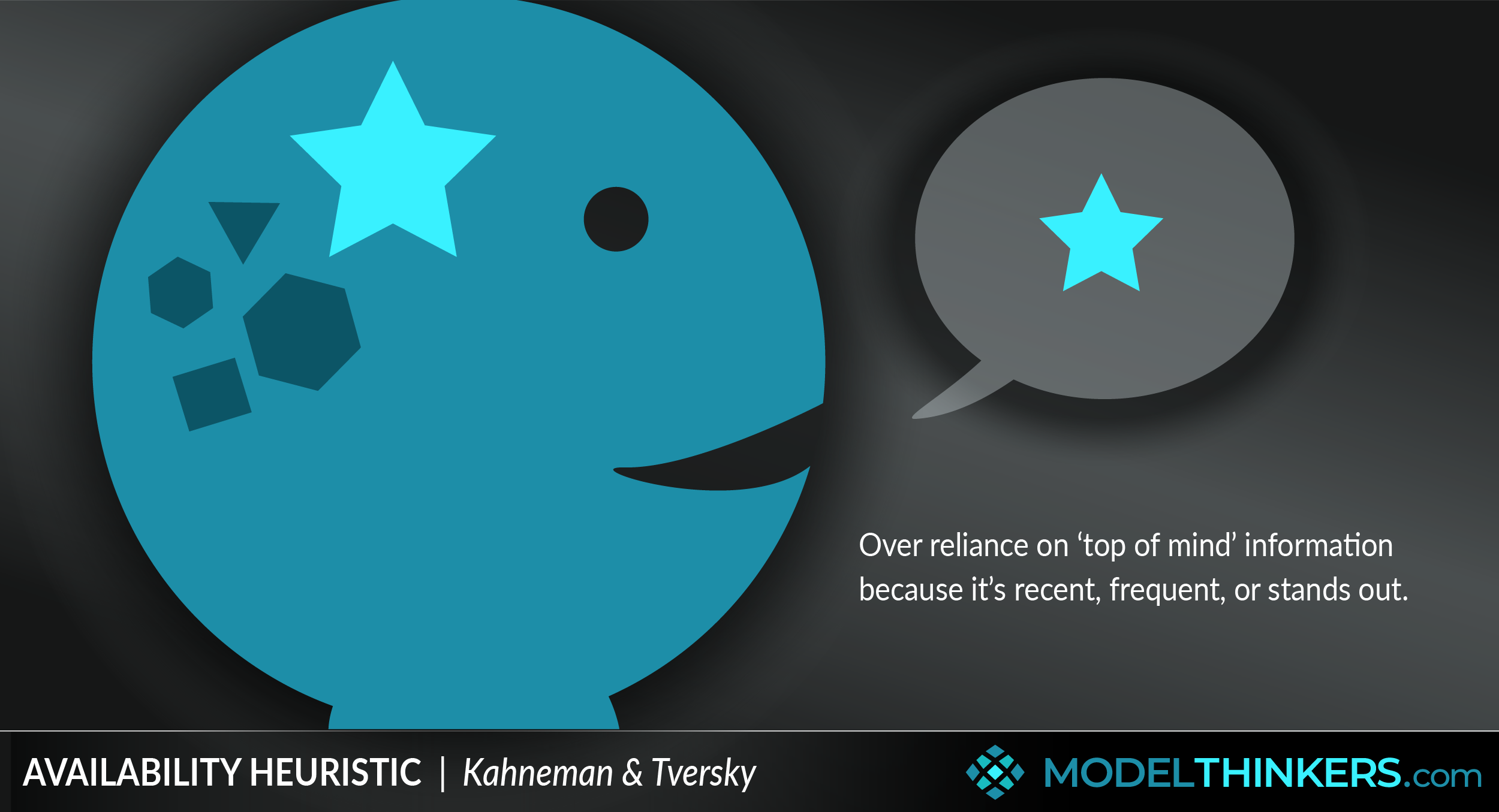
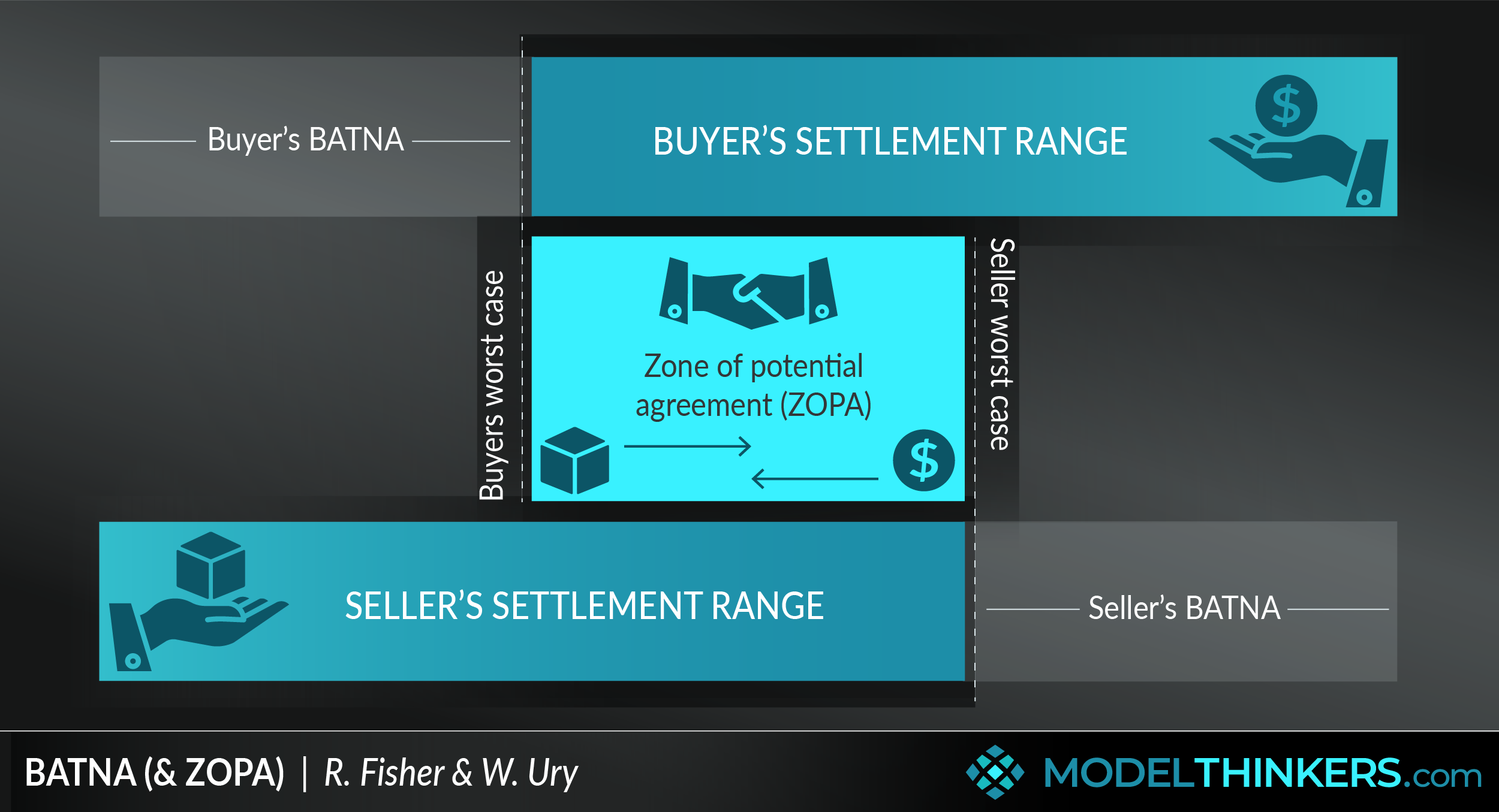

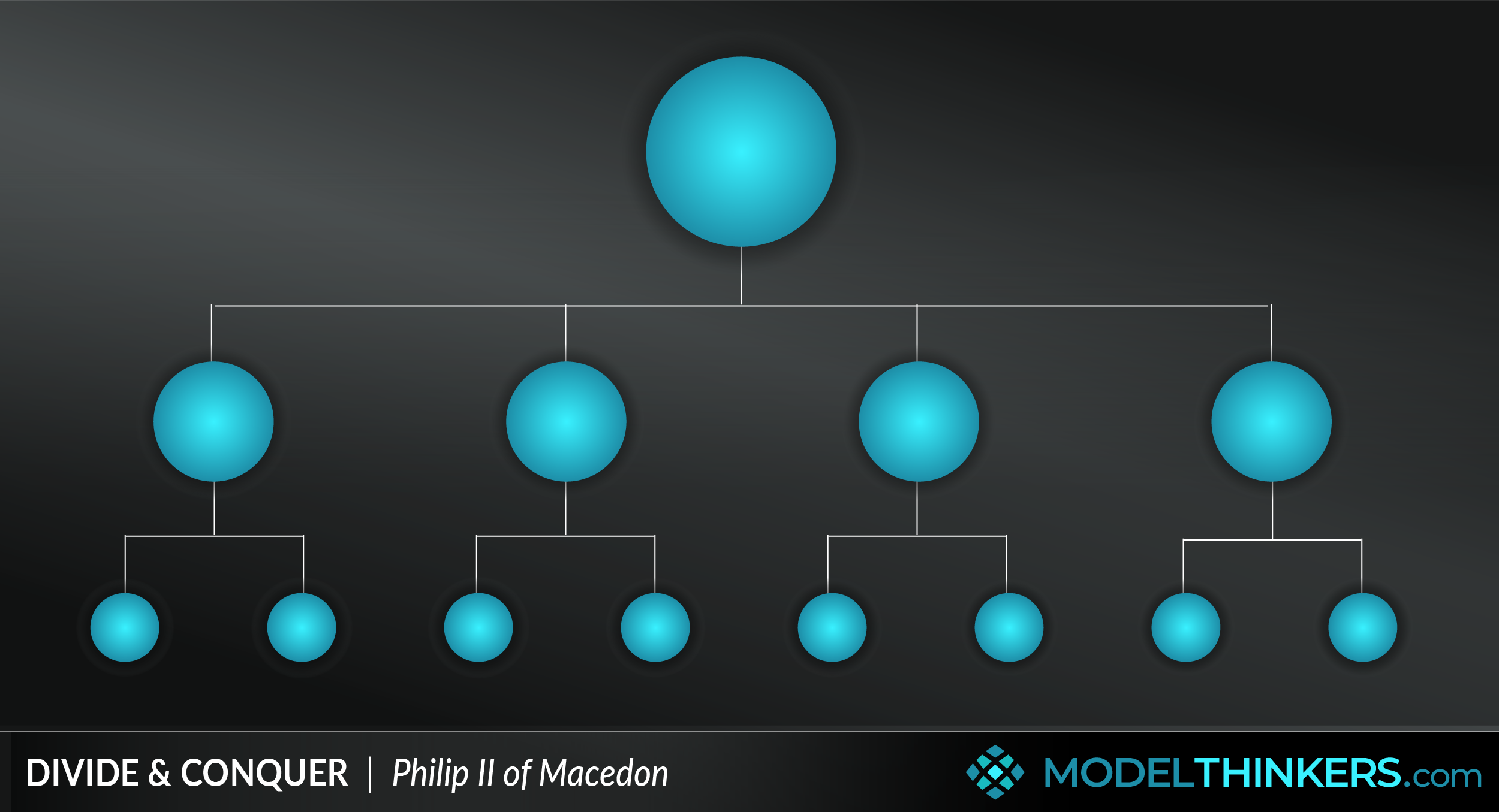




Premium content
Please do login or sign up to see premium contect
Subscription expired!
Please renew your subscription to access this feature.
 My Notes
My Notes

